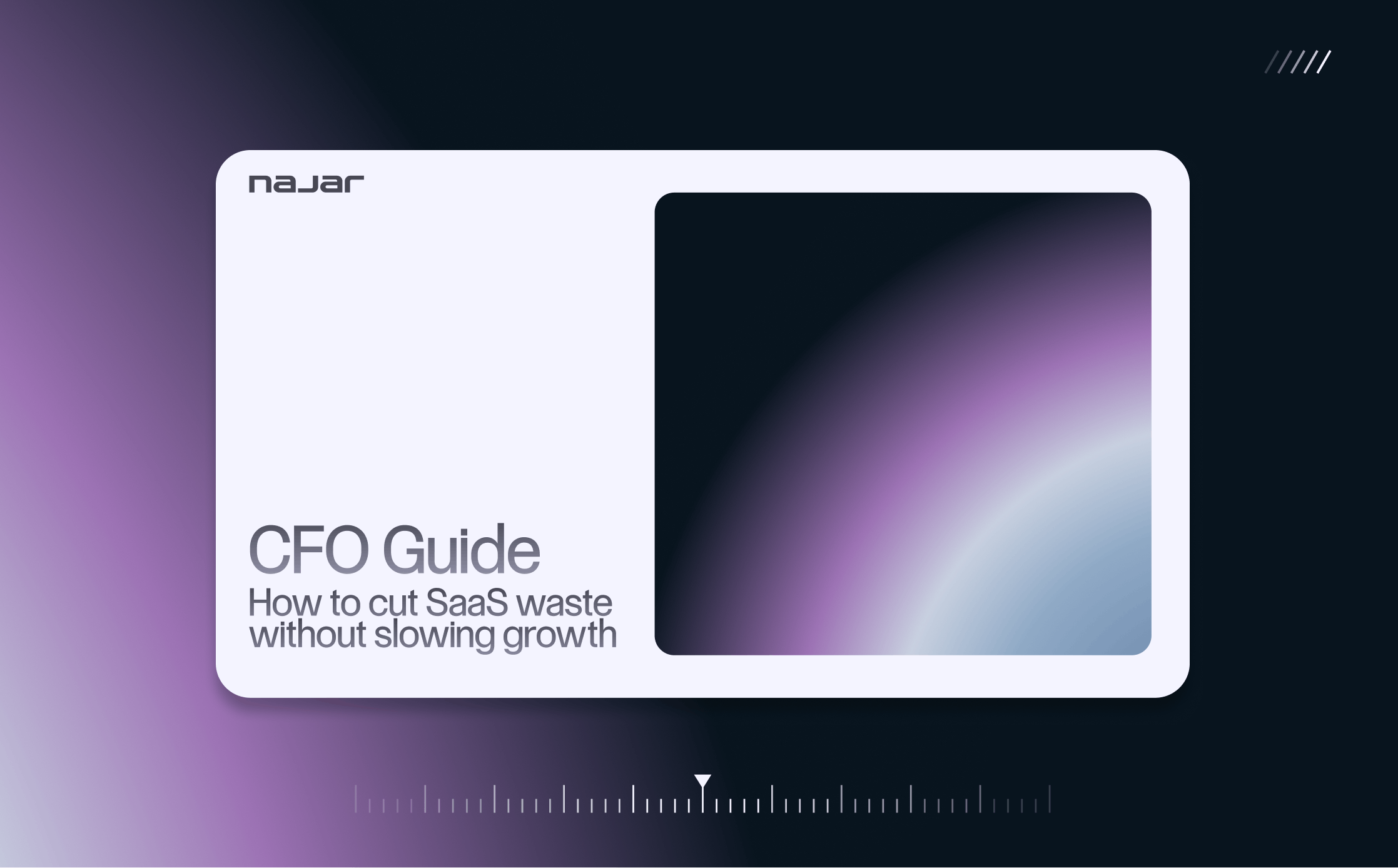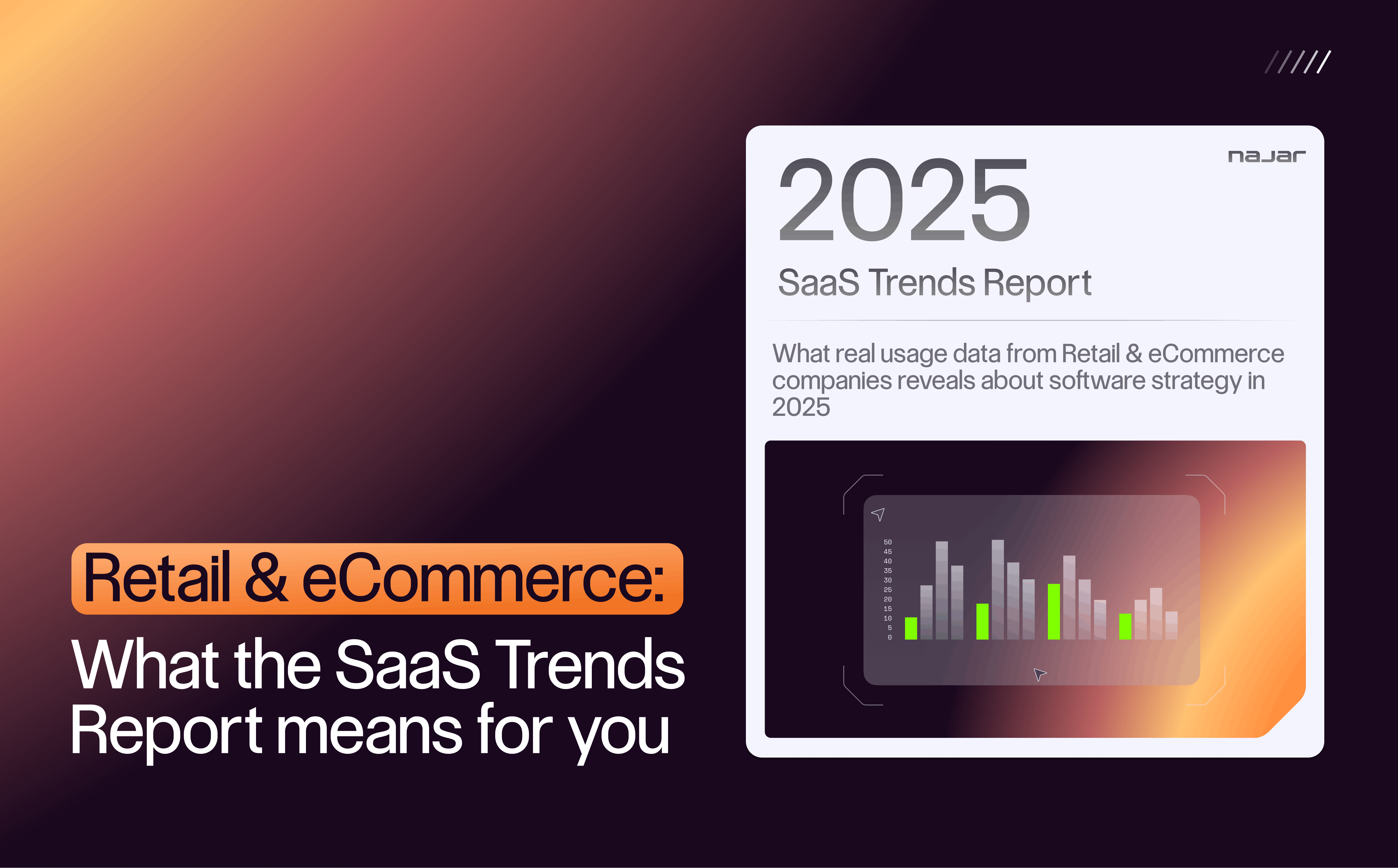The term "stack" is commonly used to describe a set of software tools or services used by a company. It is also referred to as a "tech stack" or "tool stack".
Do you tend to use a lot of SaaS and other IT tools? Do you find yourself quickly overwhelmed by the amount of information drained by these professional tools? Are you also having trouble keeping track of your subscription payments?
Monitoring the usage of your Stack tools is essential to understand the performance of your applications and ensure that your resources are used efficiently. In this article, we'll cover 6 key steps to monitoring the usage of your business digital tools.
1. Identify key indicators
A Key Performance Indicator (KPI) is a quantifiable measure used to assess the progress or success of an organization, team or project, based on specific performance targets. This acronym is the translation of KPI for Key Performance Indicator.
KPIs are the starting point to effectively monitor the use of your tools, to better understand how users appropriate your digital tools and to make more informed decisions to optimize their use.
Some examples of KPIs to inspire you:
- Actual usage: monitoring the number of active users to see how many employees are actually using your digital tools.
- Frequency of use: measure how often people connect to your digital tools to see which ones are a priority to manage.
- User distribution: monitor the distribution of your users by department, function or team. This can help you understand how your users are using your digital tools and adjust your subscriptions accordingly.
- Return on investment: by tracking subscriptions and payments, you can estimate the profitability of your SaaS and applications.
From a more technical point of view, you can also monitor the amount of memory used by your applications, the response time of your APIs, the number of requests processed by your server, etc.
2. Choose your monitoring tools
You will find many tools on the market to monitor your Stack's usage rate, and a whole bunch of other data, each with its strengths and weaknesses. In some cases, your cloud provider includes monitoring tools directly. Between open-source tools or commercial monitoring solutions, it's not easy to choose the product that best meets your specific needs and requirements. What do monitoring tools do? Here's a quick overview of three of the most popular monitoring tools.Grafana: open source data visualization
Grafana is an open-source data analysis and visualization platform. It allows you to create dashboards and charts to monitor and analyze your metrics, logs (regular reports) and application infrastructures.
The main features of this tool include simultaneous connectivity of multiple data sources, data exploration (searches, filtering, etc.), and collaboration through dashboard sharing.
Datadog: data analysis platform in SaaS modeThis data analysis platform also allows you to monitor and analyze your digital infrastructure, applications, software, etc. Datadog offers connectivity to over 400 data sources. Your staff can create custom dashboards to monitor metrics and set alerts to monitor thresholds and trigger conditions.
New Relic: application monitoring
New Relic is an application monitoring platform that allows your teams to monitor and diagnose the performance of your digital tools. New Relic Application Monitoring provides performance information on the entire application infrastructure, including servers, databases, web browsers and third-party services.
Platform features include real-time monitoring, transaction monitoring, error monitoring, trace analysis, dependency mapping, KPI tracking and anomaly detection.
3. Set up alerts
Once you have identified the key metrics you want to monitor and chosen the right monitoring tool, you will be able to set up alerts that will notify you when certain thresholds are exceeded. As seen earlier, most monitoring aids have this feature. They often offer several ways of sending the alert: email, messaging, etc.For example, you can receive an alert when your server's memory usage reaches 90% of its maximum capacity. You can also program alerts when unidentified users try to connect, reminders of reminders to your customers, etc.
What are alerts for? They help you take action before your applications become unavailable or start to malfunction.
4. Keep monitoring logs
A log is the automatically generated, time-stamped documentation of events concerning a particular system. Virtually all systems and software produce such log files.
The log is another important aspect of monitoring your Stack's usage. Log files contain valuable information about the performance of your applications and software, including errors, warnings and statistics. More comprehensive than monitoring dashboards, they help you get a complete picture of your tool park over time.
5. Analyze metrics
It's not enough to have dashboards and logs with KPI displays to optimize IT tool usage. Once your data collection system is in place, it is important to regularly analyze your monitoring metrics to understand how your Stack is performing over time. Analysis of metrics and data provided by monitoring software will depend on several factors, including the type of data collected and the purpose of the analysis.
Look for trends and patterns in your data, and use this information to optimize your applications and ensure that your resources are being used efficiently. For example, you could look at performance data to identify potential bottlenecks and latency issues.
6. Work with a provider
As you've seen, monitoring many SaaS is no picnic! Working with a solution provider, like Najar, is an option to consider.
Using a provider can help you gain visibility into your Stack and allow you to access SaaS provisioning to optimize spending. With their expertise and tools, you can make informed decisions about your Stack and minimize inefficiencies. What are the benefits of collaboration?
- Efficiently manage cloud applications with a complete overview and detailed reports on usage and spend.
- Reduce unnecessary costs - Organizations often spend money unnecessarily on cloud applications they don't use or on excess licenses.
- Improved security - Software and applications are vulnerable to cyberattacks and data breaches. Providers help improve data security by monitoring access and users, enforcing security policies and providing compliance reporting.
- Easy integration - In most cases, solutions easily integrate with other business management tools, making it easier to manage the entire IT infrastructure.
Looking for an efficient solution to manage your cloud applications? With the Najar SaaS Management Platform, you can easily manage and optimize the use of your cloud applications. Our solution gives you an overview of all your cloud applications, so you can monitor costs, performance, security and get detailed reports on usage and expenses.
Najar also makes it easy to manage access: you assign custom access permissions to each user and control who can access your software and at what level. Our solution is easy to install and use, and integrates seamlessly with your other business management tools.
In 2022, SaaS will represent about 45% of the turnover of software publishing companies in France (Numeum and EY study). SaaS is therefore not about to disappear from the business landscape. Behind a company's stack lies a key issue: choosing the tools that are best suited to the company's needs and above all not simply stacking them. The strength of a stack lies rather in the coherence between the tools that make it up and in the use that is made of them by the employees.
Monitoring the usage of your Stack tools is therefore essential to understand the performance of your applications and software, and allows you to ensure that your resources are used efficiently.
By identifying key metrics, choosing the right monitoring tools, setting alerts, monitoring logs, and regularly analyzing your metrics, you can stay on top of your Stack's performance and make informed decisions to optimize your applications and improve their reliability. Using a solution provider is the guarantee of an effective turnkey solution.
How much money are you losing with your SaaS? Try our saving calculator, and find out how much you could save with better IT management.



